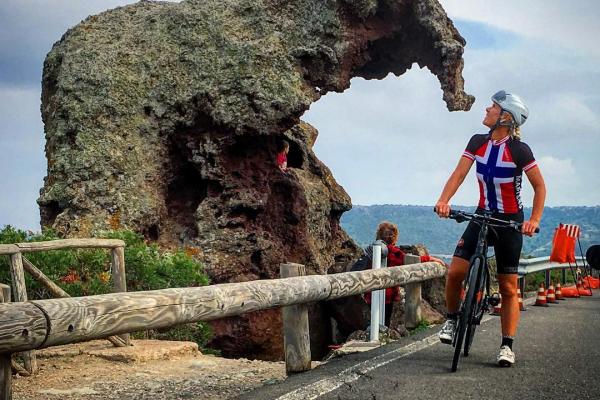In the lower Coghinas valley, Valledoria accompanies the third river of the island to its mouth and faces the heart of the Gulf of Asinara, surrounded by lush landscapes. Valledoria is an agricultural and tourist town with over 4,000 inhabitants, with its main cultivation being artichokes, protagonists of cultural events in April and the basis of the local gastronomic tradition, whilst the processing of gold and coral forge the strong artisan tradition. Valledoria has been an independent municipality since 1961, arising from the merger of the localities of Baia Verde, Codaruina, La Ciaccia, La Muddizza, Maragnani, San Pietro (and Santa Maria Coghinas, which then became independent in 1983), firstly being the hamlets of Castelsardo and Sedini. The centre is Codaruina, whose name refers to the ‘periphery of the ruins’ of the ancient and glorious city of Ampurias. The original agglomeration was formed by the influx of agricultural entrepreneurs from Gallura who occupied the fertile and vast depopulated plains, while the toponym ‘Valle dei Doria’ derives from the noble Ligurian family that dominated the Anglona historical region in the 13th century.

Town
An important tourist and agricultural town in Anglona, on the Gulf of Asinara, 15 kilometres from Castelsardo and 45 kilometres from Sassari, Valledoria is a destination point for nature, swimming and active tourism
An important tourist and agricultural town in Anglona, on the Gulf of Asinara, 15 kilometres from Castelsardo and 45 kilometres from Sassari, Valledoria is a destination point for nature, swimming and active tourism
See this place because...
Valledoria is a paradise of nature, comprised of green expanses to be explored on foot or horseback, lagoons inhabited by rare species, and golden beaches ideal for relaxation and sporting activities
Pictures and videos
You may also like
More attractions in the vicinity
Nearby hotels and accommodations

VALLEDORIA
0 km

VALLEDORIA
0 km

VALLEDORIA
0 km

















